
Mad Catz S.T.R.I.K.E. TE Review
Manufacturer: Mad CatzUK price (as reviewed): £99.99 (inc VAT)
US price (as reviewed): $76.99 (ex Tax)
The build quality on the S.T.R.I.K.E. TE (hereafter Strike TE) is high for the most part. The chassis is very strong and difficult to bend thanks to the reinforcing metal plate inside. The area around the full key set has a soft-touch, matt finish that isn't too prone to picking up marks, and there is plenty of rubber on the underside, including on the rear legs, to keep it gripping your desk through bouts of rage quitting. That said, we should point out that the USB cable is a standard rubber one rather than the braided type usually associated with high-end boards.
A detachable wrist rest is supplied, but there are no other accessories – a keycap puller would be handy for cleaning, for example. The wrist rest is big enough to provide good support, but we're not fans of the clip-on mechanism it uses as it doesn't stay attached if you lift to board even slightly to move it. The material is also poorly chosen – it's comfortable enough, but it looks cheap and gets visibly dirty very quickly.
The cutaway section up top appears to form something of a handle, but only a child's fingers would ever have a hope of fitting through it. This is also not a keyboard that comes with any audio or USB pass-through ports.
What it does come with is a full set of Kailh Brown mechanical switches and 30-key rollover. These are essentially designed to mimic Cherry MX Brown switches – they have a 45g actuation force, tactile but non-clicky feedback and even the same plunger shape for keycap compatibility. Interestingly, when we were taking photos of the keyboard we saw the brown cross-shaped plunger and, not having seen the Strike TE's specs, assumed they were Cherry MX switches. It was with this impression in mind that we began using the Strike TE and immediately noticed that something felt amiss – only then did we realise we were actually typing on Kailh switches. The difference was especially apparent as we had only just finished testing the KM780 RGB, which uses Cherry MX switches. In short, the Kailh variety Mad Catz employs here don't feel as light, especially on the rebound where there's a stickiness instead of the usual springiness. The tactile bump also isn't quite as clear, and it's unfortunately a worse experience.
In terms of noise, the keys themselves aren't that loud but if you're heavy-handed the bottoming out noise can be amplified by that internal metal plate, which is something we've observed on similarly designed keyboards before. The worst part though, is that the oversized spacebar emitted a frequent squeaking noise which was really quite annoying, especially when typing.
Coupled with F5-F10, the FN key gives you all the usual media and volume controls except for Stop, and it can also be used to adjust the brightness of the white backlighting to one of five levels. We're pleased to report that the lighting is clear and even across the keys. Dual symbol keys are printed with both symbols at the top of the keycap (i.e. right above the LED) ensuring an even lighting effect is maintained. However, the secondary functions of FN keys are printed on the lower half in a rather dark blue, and it can be pretty difficult to see them in low and even medium levels of ambient lighting situations. Note that the keyboard has three independent lighting zones – the WASD keys, arrow keys and the rest. F11 and F12 control brightness for the majority of keys, while the other two zones are responsible for their own brightness.

MSI MPG Velox 100R Chassis Review
October 14 2021 | 15:04

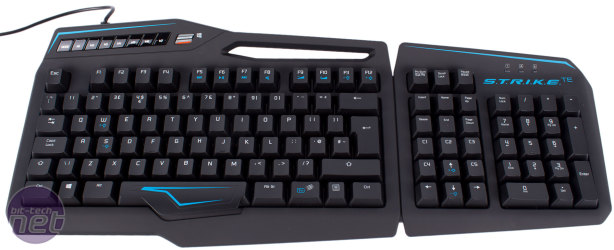
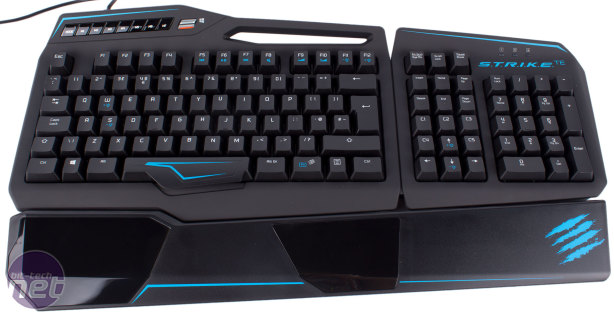
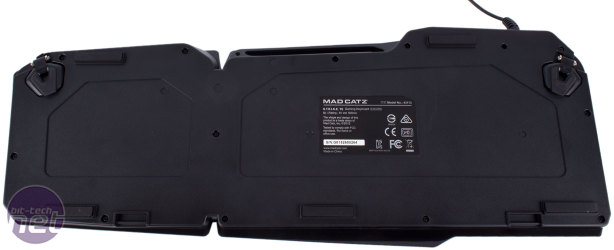
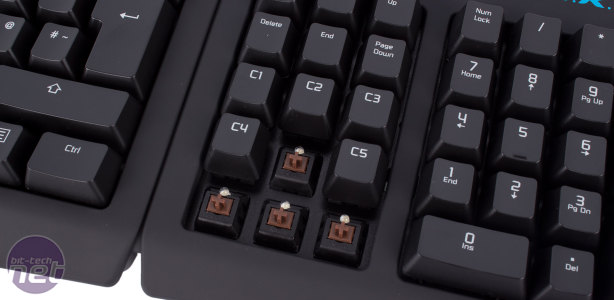
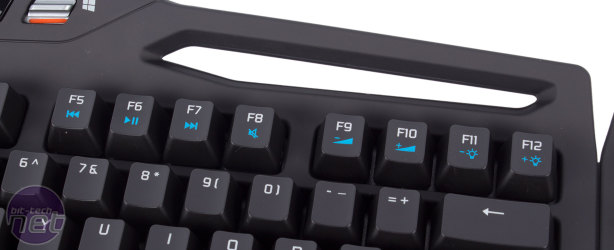
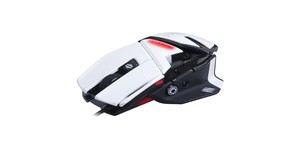
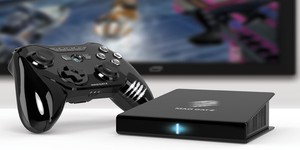





Want to comment? Please log in.